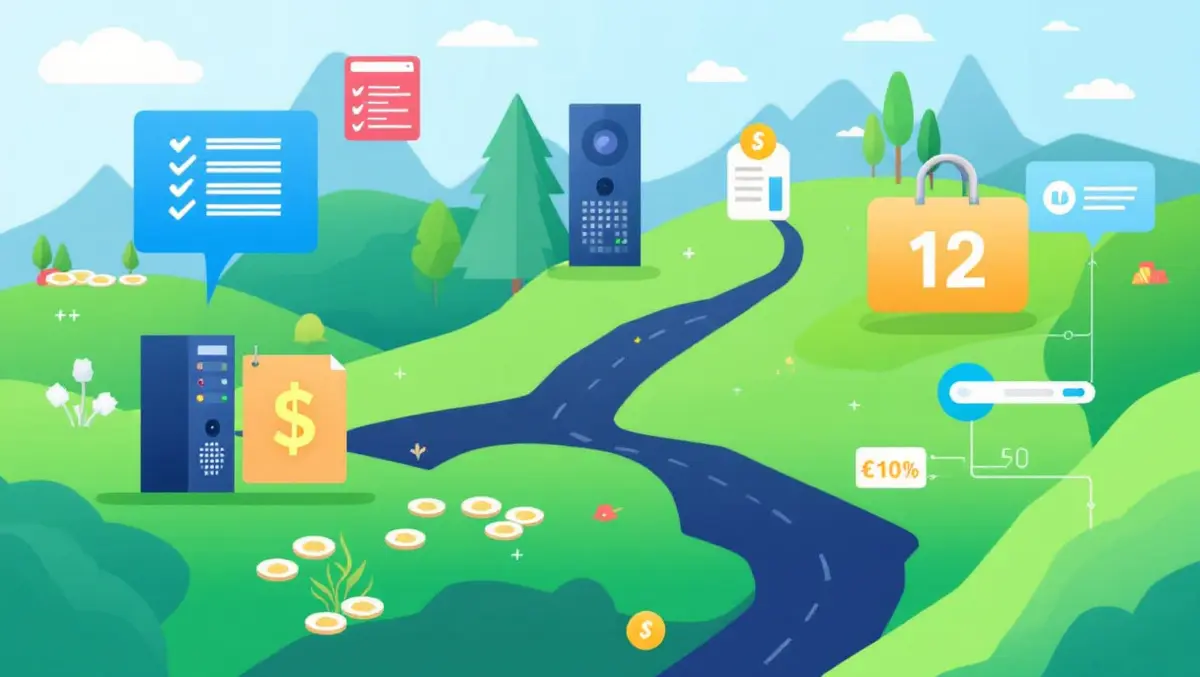
Cutting costs, not corners: Reducing technical debt through smarter Microsoft licensing
When we think about technical debt, our minds often jump to outdated systems, legacy code, or unsupported applications. However, one of the most overlooked yet significant contributors to technical debt is inefficient software licensing, particularly in the Microsoft ecosystem. Many businesses unknowingly waste money on underutilised or mismatched Microsoft licences, adding unnecessary cost and complexity to their IT environments.
A recurring pattern among UK businesses: they invest in Microsoft licences with a particular use case in mind but fail to fully exploit the extensive range of features included in their subscription. As a result, organisations end up layering additional third-party tools on top, paying for redundant functionality, and increasing their IT burden rather than streamlining operations. This article will explore the common pitfalls that lead to technical debt and offer practical tips on how businesses can avoid them.
The Hidden Cost of Underutilised Microsoft Licences
Every organisation aims to maximise efficiency, but inefficiencies in software licensing can often be overlooked. Businesses often rush into Microsoft licensing decisions based on immediate needs, overlooking long-term value. For example, a company may pay for Microsoft 365 E5 primarily for its security features while continuing to use third-party solutions for compliance or analytics - features that are already built into the license.
Another organisation may subscribe to multiple standalone Microsoft applications when a bundled licence could cover all their needs at a lower cost. Businesses often fail to retire legacy tools that Microsoft licences could replace, leading to duplicate software investments.
To prevent these scenarios from becoming reality, companies need to treat software licensing as a strategic investment rather than an operational expense.
Reducing Technical Debt Through Microsoft Licensing Optimisation
Optimising Microsoft licensing isn't just about cutting costs, it's about ensuring businesses get the most value out of their investment.
Here's how companies can reduce technical debt by taking a smarter approach to their Microsoft licences:
1. Audit existing licences and usage
The first step to optimisation is understanding the current landscape. Conducting a comprehensive audit of Microsoft licence usage can reveal underutilised applications, redundant licences, and opportunities to consolidate plans. Companies should go through this process assessing whether employees are actually using the applications available. If not, can a simpler licence be appropriate?
2. Eliminate redundant tools and streamline workflows
Once businesses identify the full scope of their Microsoft capabilities, they can begin consolidating third-party tools that duplicate functionality available within their existing Microsoft stack. For instance, companies paying for additional email security software may find that Microsoft Defender meets their needs. Similarly, organisations using external communication tools might benefit from deeper integration by leveraging Microsoft Teams instead.
3. Optimise licence allocation
Not every employee requires the most expensive Microsoft licence. Businesses should assess usage patterns to assign the appropriate licences based on job roles. Frontline workers may not need a full Microsoft 365 E5 licence, while power users working with analytics and data security do. Rightsizing licensing can lead to significant cost savings without sacrificing functionality. It also reduces administrative overhead, making it easier to manage software assets.
4. Unlock unused features
Many businesses are unaware of the full scope of their Microsoft subscriptions. Often, valuable tools remain unused simply due to a lack of training. Features such as Power Automate, which automates repetitive tasks across Microsoft 365, Microsoft Defender, which protects devices, identities, data, and networks from online threats and Viva Insight, which provides data-driven insights to improve employee productivity, well-being, and workplace patterns are frequently overlooked. Yet they can drive substantial efficiency improvements. By educating employees on the capabilities of the tools available, businesses can enhance productivity and reduce reliance on additional paid software solutions.
5. Leverage expert guidance for ongoing optimisation
The Microsoft licensing landscape is constantly evolving, with frequent updates, new features, and pricing adjustments. Keeping up with these changes can be challenging for IT teams already managing day-to-day operations. Partnering with a Microsoft Cloud Solution Provider ensures that businesses stay ahead of licensing best practices, identify cost-saving opportunities, and make data-driven decisions about their IT strategy.
Optimising Microsoft licences is no longer just an IT concern; it's a strategic necessity for businesses. Unused and misallocated licences represent a hidden drain on resources, contributing to technical debt in ways that often go unnoticed. By reducing technical debt through smarter licensing, companies can redirect their savings toward innovation and growth, rather than falling short to unnecessary software costs.

